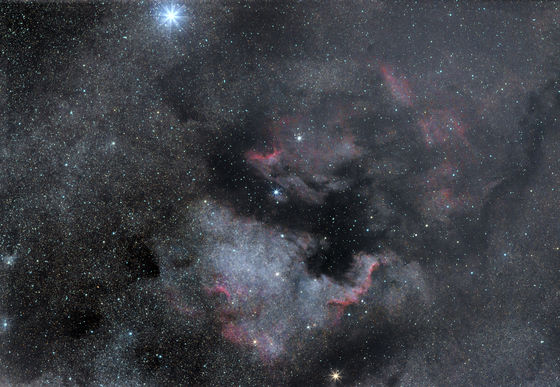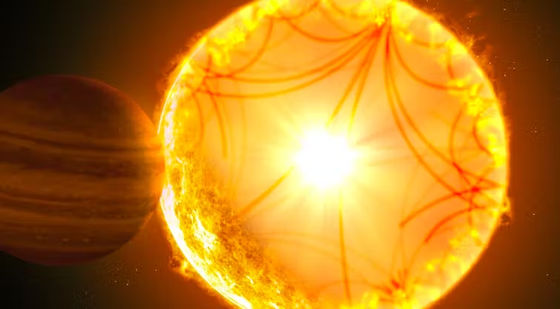Astronomers discover 'planet that shouldn't exist'

It has become clear that
A close-in giant planet escapes engulfment by its star | Nature
https://www.nature.com/articles/s41586-023-06029-0

Astronomers find a planet that shouldn't exist
https://phys.org/news/2023-06-astronomers-planet-shouldnt.html
Astronomers puzzled by 'planet that shouldn't exist'
https://theconversation.com/astronomers-puzzled-by-planet-that-shouldnt-exist-208649
The search for exoplanets is one of the fastest growing fields in astronomy, with over 5000 exoplanets discovered by humans in the last few decades. At the time of writing, astronomers estimate that there is at least one planet per star in the galaxy.
Much of the research activity in astronomy at the time of writing is aimed at detecting ``earth-like planets'' where life may exist. And these efforts are focused on discovering stars like the sun. This is because, as mentioned above, there are always planets in fixed stars. In fact, more than 90% of the exoplanets discovered so far have been detected in the vicinity of their stars.
An international team of astronomers who have been searching for such an extrasolar planet investigated a similar star several billion years after the sun, and found a planet that should not have originally existed around it, the scientific journal Nature is reported in

Just like humans, stars change over time. When a star uses up all the hydrogen in its core, the core shrinks and the outer shell expands as the star cools. This is the stage called
Then, when the star's core gets hot enough to start fusing helium, the star shrinks to about 10 times its original size and burns steadily for tens of millions of years. is.

One of the extrasolar planets orbiting a star called
Analysis of the latest data on 8 Ursa Minor, collected using NASA's space telescope TESS , reveals that the red giant 8 Ursa Minor has already started burning helium in its nucleus. became. The burning of helium in the core has been identified through the application of astroseismology , which analyzes the sound waves inside the star.
The fact that 8 Ursa Minor is burning helium means that 8 Ursa Minor was larger in the past than it is now, given the stellar cycle. And if 8 Ursa Minor was larger than it is now, it would have been so large that 8 Ursa Minor b, which is very close, would have been swallowed up.
In other words, Ursa Minor 8 star b is 'a planet that should not exist'.

One of the possible theories about 8 Ursa Minor b is that '8 Ursa Minor was once a binary star .' If it was a binary star, 8 Ursa Minor b might not have been swallowed by 8 Ursa Minor.

Another theory is that 8 Ursa Minor b is a relatively recently born planet. In other words, the theory is that 8 Ursa Minor b was born after 8 Ursa Minor burned helium and shrank.

Whichever theory is correct, the fact that there are planets orbiting helium-burning red giants shows that there are cases where nature creates planets in ways humans have never expected.
Related Posts:
in Science, Posted by logu_ii







